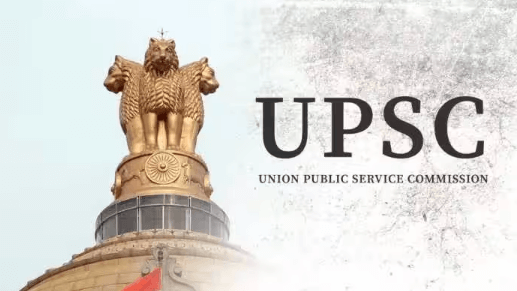-
What is the main aim of the PM-Ayushman Bharat Health Infrastructure Mission (PM-ABHIM)?
A. To provide financial aid to hospitals
B. To strengthen healthcare infrastructure across India
C. To improve urban housing
D. To train doctors and nurses
-
Which technology is used in the SVAMITVA Scheme for accurate surveying of rural areas?
A. Satellite Technology
B. Drone Technology and CORS
C. GPS Technology
D. Remote Sensing Technology
-
What is a “planet parade”?
A. A festival celebrating planets
B. A rare alignment of planets visible in the night sky
C. A type of star formation
D. A type of comet
-
Which of the following states is NOT part of the 10 high-performing states where WDC-PMKSY 2.0 will be implemented?
A. Rajasthan
B. Kerala
C. Karnataka
D. Uttarakhand
-
What technology is NBM 2.0 preparing for in addition to 5G?
A. 4G
B. 6G
C. Wi-Fi 6
D. Satellite broadband
-
Which organization is responsible for managing the Open Market Sale Scheme (OMSS)?
A. Ministry of Finance
B. Food Corporation of India (FCI)
C. National Food Security Authority (NFSA)
D. Ministry of Agriculture
-
Which of the following is one of the key concerns caused by spam messages and calls?
A. Reduced internet speed
B. Privacy invasion and potential scams
C. Increased mobile phone battery life
D. Improved network connectivity
-
Which missions is the Second Launch Pad (SLP) primarily designed to support?
A. PSLV and SSLV
B. GSLV and LVM3
C. Commercial satellite launches
D. Crewed Lunar Landing
-
Which project is ISRO working on to enhance space surveillance capabilities?
A. Mangalyaan Project
B. NETRA Project
C. Gaganyaan Project
D. Chandrayaan Project
-
What type of foreign investments can Non-Resident Indians (NRIs) now make using their INR account balances?
A. Only in government bonds
B. Foreign Direct Investments (FDI) in non-debt instruments
C. Investments in foreign currencies
D. Real estate investments within India
-
Which of the following features is provided by the Entity Locker platform?
A. Unlimited cloud storage
B. Real-time document access with government database integration
C. Direct tax filing services
D. Automated employee payroll management
-
Who appoints the Neutral Expert (NE) under the Indus Water Treaty (IWT)?
A. India
B. Pakistan
C. The World Bank
D. The United Nations
-
Which of the following is NOT a component of the Beti Bachao Beti Padhao scheme?
A. Advocacy campaigns
B. Sukanya Samriddhi Scheme
C. Financial literacy for women
D. Multi-sectoral interventions in gender-critical districts
-
What technological features will the “One Nation, One Legislative Platform” utilize?
A. Blockchain for secure voting
B. Artificial Intelligence for data analysis and decision-making
C. Virtual reality for public participation
D. Drones for legislative monitoring
![]()


